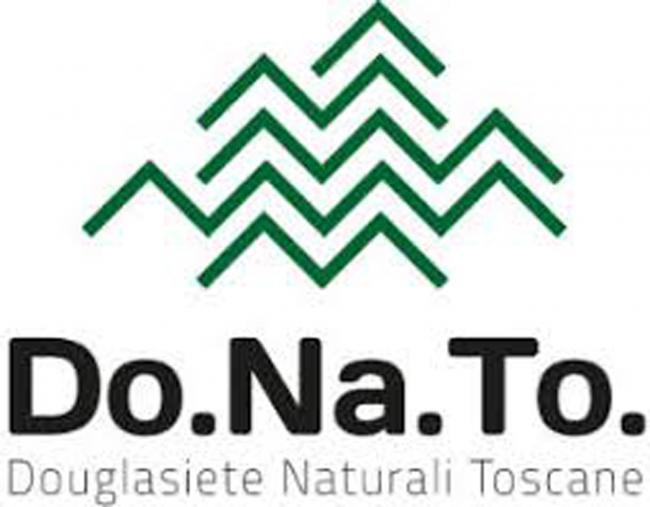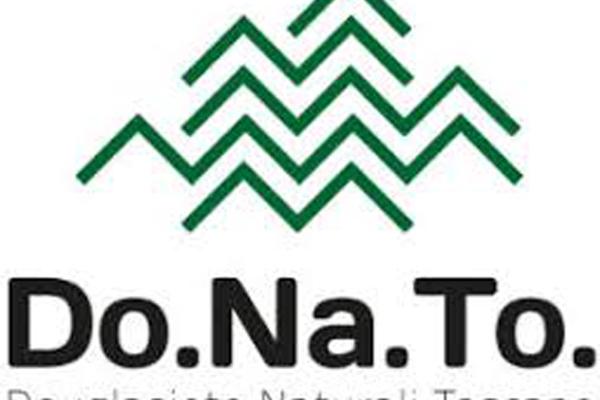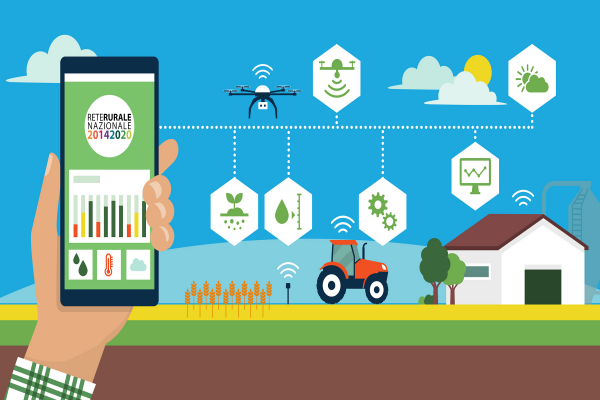Natural Tuscany Douglas woods

Aims:
- Reduce the costs (environmental, economic, landscape, social)
- Enhance the Douglasia timber supply chain
- To valorize the wood of douglasia by identifying alternative and advantageous forms of use
- Qualify the nurserical supply chain of Tuscany for the production of the planting stock
- To increase the disponibility of douglasia timber in order to increase of surface
- Stimulate the acquisition of knowledge and enhance the professionalism of forest operators operating in the public and private sectors
- Implementation of demonstration interventions in the experimental areas
- Monitoring the growth of the regeneration of the stand and development of management protocols
- Dissemination of information on the results achieved
- Restoration of the experimental parcels at Faltona and construction of two experimental arboretums
- Identification of advantageous forms of use of douglasia timber and classification of the same
- Training of operators
The cultivation of Douglasia in Tuscany is about 3.400 hectares of pure woods and another 4.000 hectares of mixed forests, of which about a quarter is in possession of the Operating Group partners.
This species is able to offer the grower large productions in a short time potentially of high technological quality.
For the renewal of the stands you can refer to cultural models that provide for the natural renewal, already implemented in France and Germany, which involves a saving on the costs of planting, does not require additional costs for protection systems against damage from wildlife, guarantees the improvement of the bioecological conditions of the stands. Putting to natural renewal even only half of the douglasia stands present in Tuscany would lead to significant savings for companies, while at the same time obtaining more efficient and stable stands than those obtainable with artificial renewal.
Tuscany could also represent a model of management of douglasia in temperate areas in relation to the effect of climate change on forest ecosystems.
Another fundamental issue is the need to enhance the wood that is underutilized in Italy. In fact, experiences beyond the Alps indicate a vast and continuous use of the trunks of douglasia for the production of beams, profiles, laminated wood, unlike what is found in Italy, where most of our local douglasia is destined for packaging.
| Titolo/Descrizione | Url | Tipologia |
|---|---|---|
|
Sito web del progetto
|
Sito web
|
|
|
Video del convegno finale
|
Materiali utili
|

